My name is Pam Zimmerman, and I garden in State College, Pennsylvania (Zone 5b).
I’ve been gardening at this home since 2006. I have shade in the front of the house and sun in the back gardens. I’m challenged by black walnut trees along the back of my property and deer roaming through my backyard. I’m planning to do more experimenting with native plants to attract more birds and pollinators and because I’ve learned that many native plants will survive near black walnut trees.
In May, one of my garden beds displayed a bearded iris (Iris hybrid, Zones 3–8) originally from my aunt’s garden and transplanted through the years from other gardens at other homes. The rest of the bed is still green, waiting its time to flower.
The same bed in early July featured the Shasta daisy (Leucanthemum × superbum ‘Becky’, Zones 5–9) and coreopsis (Coreopsis verticilata ‘Moonbeam’, Zones 3–9) in full bloom.
Later in July, the Shasta daisy and coreopsis started to fade, but garden phlox (Phlox paniculata, Zones 4–8), hydrangea (Hydrangea paniculata ‘Limelight’, Zones 3–8), dahlia (Dahlia ‘Debra Renae’, Zones 8–10 or as a tender bulb), Russian sage (Salvia yangii, Zones 5–9). I like to start some annuals from seed or seedlings in large pots and then transplant them into the garden where there are bare spots after the perennials are done blooming. I continue to “tuck in” plants all summer. Here you can see annual zinnias (Zinnia elegans), snapdragons (Antirrhinum majus) and white angelonia (Angelonia angustifolia).
Salvia (Salvia nemorosa, Zones 3–8) with purple spikes bloom next to a happy clump of chives (Allium schoenoprasum, Zones 4–8).
Peonies (Paeonia hybrid, Zones 3–8) take center stage with glowing blooms, their warm color echoed by the other plants around them.
In early summer, the container of annuals echoes the blooms of the perennials in the garden beds behind them.
In this tapestry of flowers, bright lantana (Lantana camara, Zones 9–10 or as an annual) echoes the glowing colors of the big daylily (Hemerocallis hybrid, Zones 3–9) behind it.
Have a garden you’d like to share?
Have photos to share? We’d love to see your garden, a particular collection of plants you love, or a wonderful garden you had the chance to visit!
To submit, send 5-10 photos to gpod@taunton.com along with some information about the plants in the pictures and where you took the photos. We’d love to hear where you are located, how long you’ve been gardening, successes you are proud of, failures you learned from, hopes for the future, favorite plants, or funny stories from your garden.
Have a mobile phone? Tag your photos on Facebook, Instagram or Twitter with #FineGardening!
Do you receive the GPOD by email yet? Sign up here.
Fine Gardening Recommended Products
The Nature of Oaks: The Rich Ecology of Our Most Essential Native Trees
Fine Gardening receives a commission for items purchased through links on this site, including Amazon Associates and other affiliate advertising programs.
The Nature of Oaks reveals what is going on in oak trees month by month, highlighting the seasonal cycles of life, death, and renewal. From woodpeckers who collect and store hundreds of acorns for sustenance to the beauty of jewel caterpillars, Doug Tallamy illuminates and celebrates the wonders that occur right in our own backyards. He also shares practical advice about how to plant and care for an oak, along with information about the best oak species for your area.
Attracting Beneficial Bugs to Your Garden, Revised and Updated Second Edition: A Natural Approach to Pest Control
Fine Gardening receives a commission for items purchased through links on this site, including Amazon Associates and other affiliate advertising programs.
This revised and updated edition of Jessica Walliser’s award-winning Attracting Beneficial Bugs to Your Garden offers a valuable and science-backed plan for bringing balance back to the garden. With this indispensable gardening reference—now updated with new research, insights, and voices—learn how to create a healthy, balanced, and diverse garden capable of supporting a hard-working crew of beneficial pest-eating insects and eliminate the need for synthetic chemical pesticides.
Lee Valley Garden Knife
Fine Gardening receives a commission for items purchased through links on this site, including Amazon Associates and other affiliate advertising programs.
These knives have a trowel-like blade with a sharp edge to let you use the same tool for digging, planting and cutting. The blade is sharpened on both sides, with serrations on one edge to help with cutting tough roots or dividing perennials. Deeply stamped markings on the blade (in 1/2" and 5mm increments) help you set the correct planting depth for seeds and bulbs.
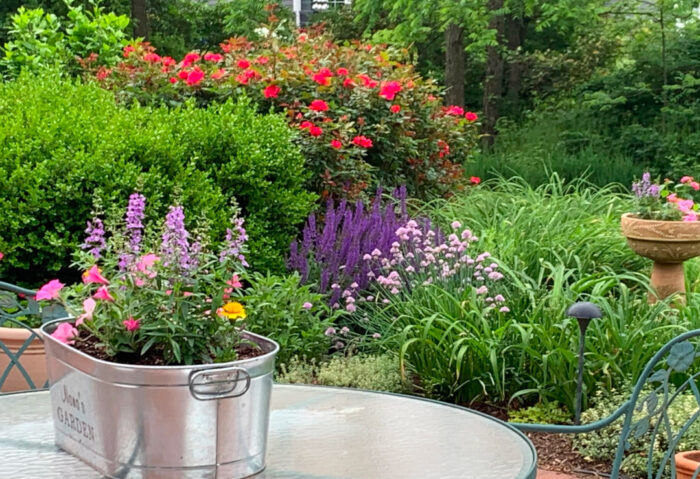


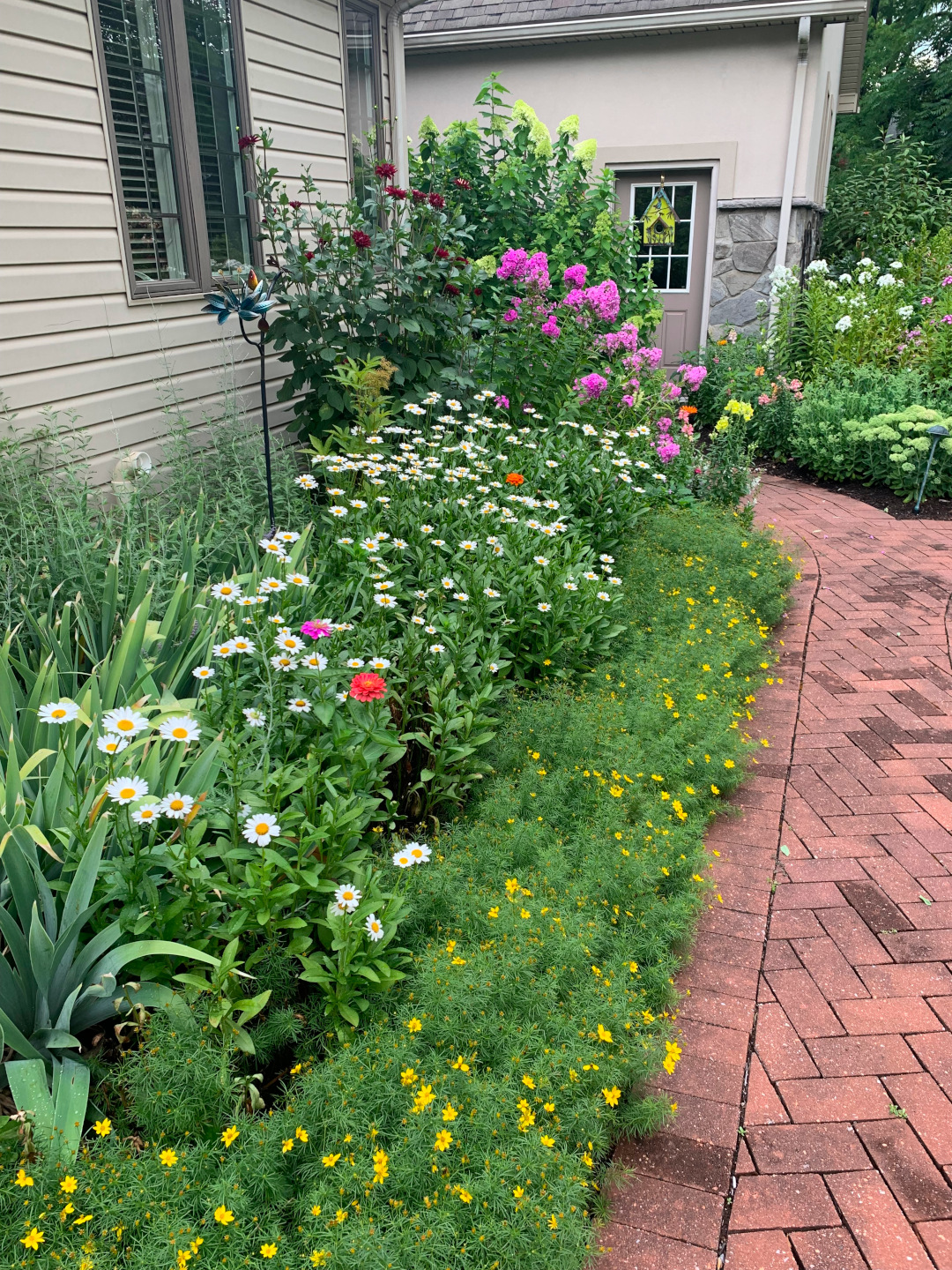
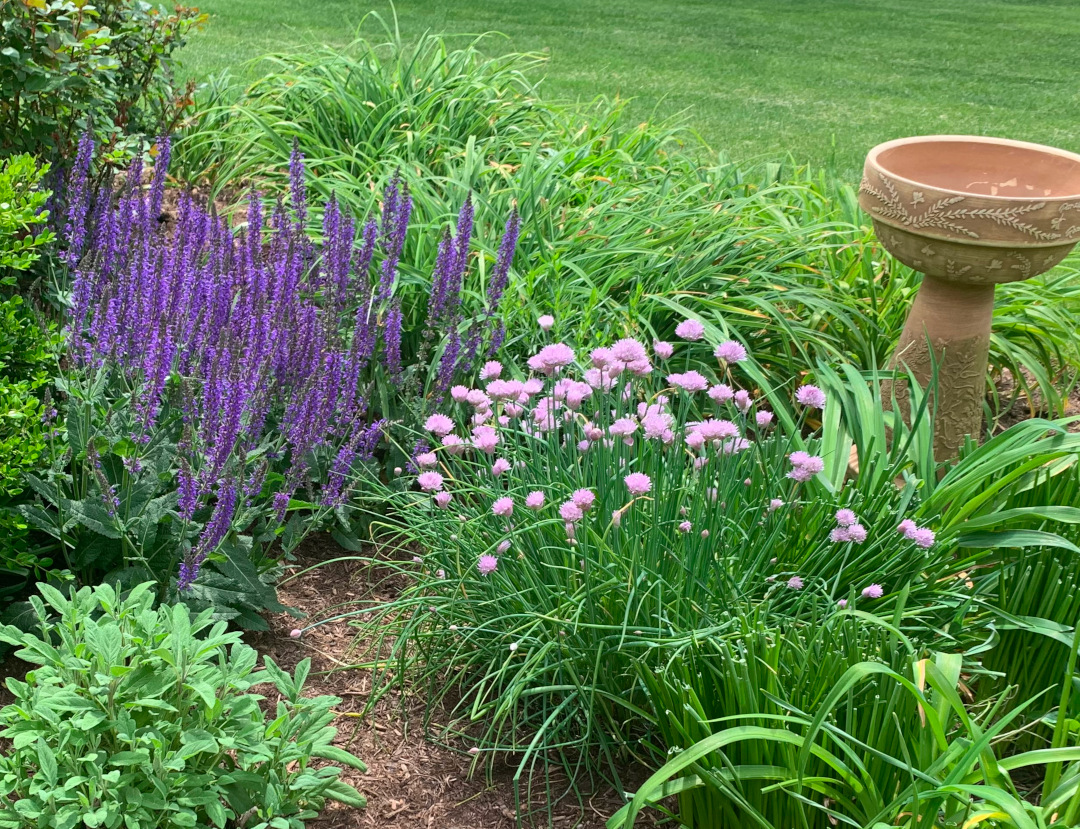
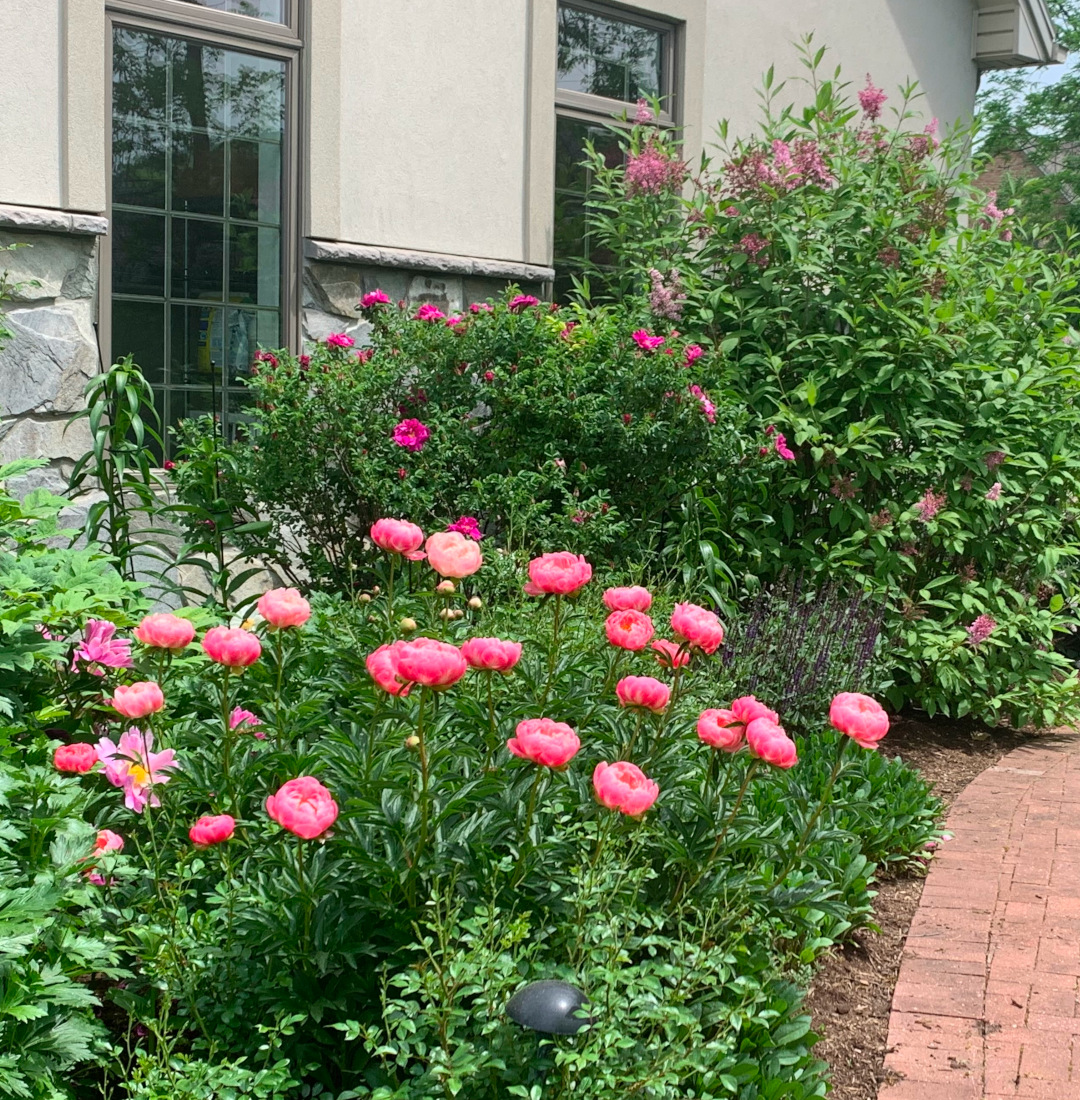

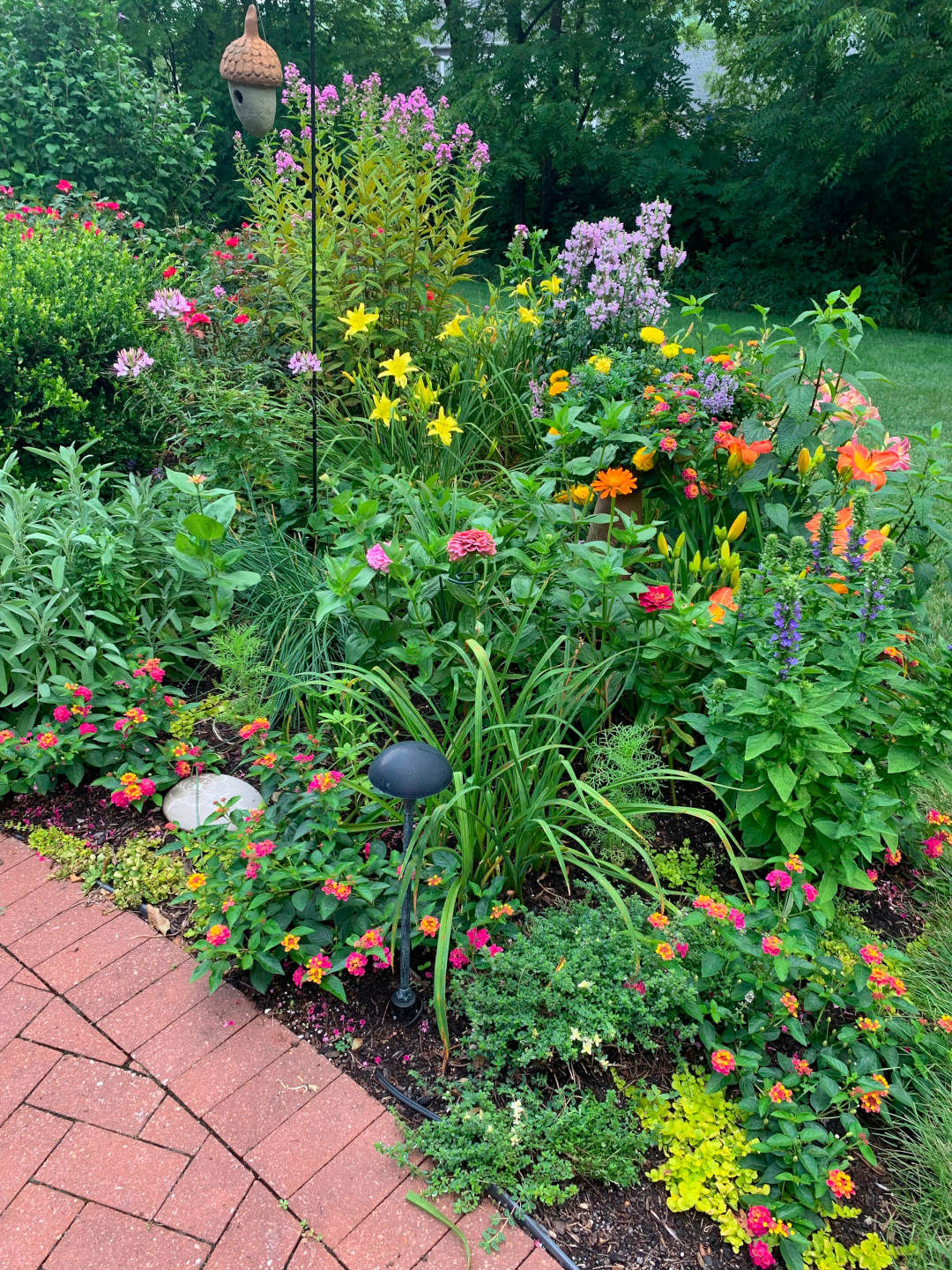
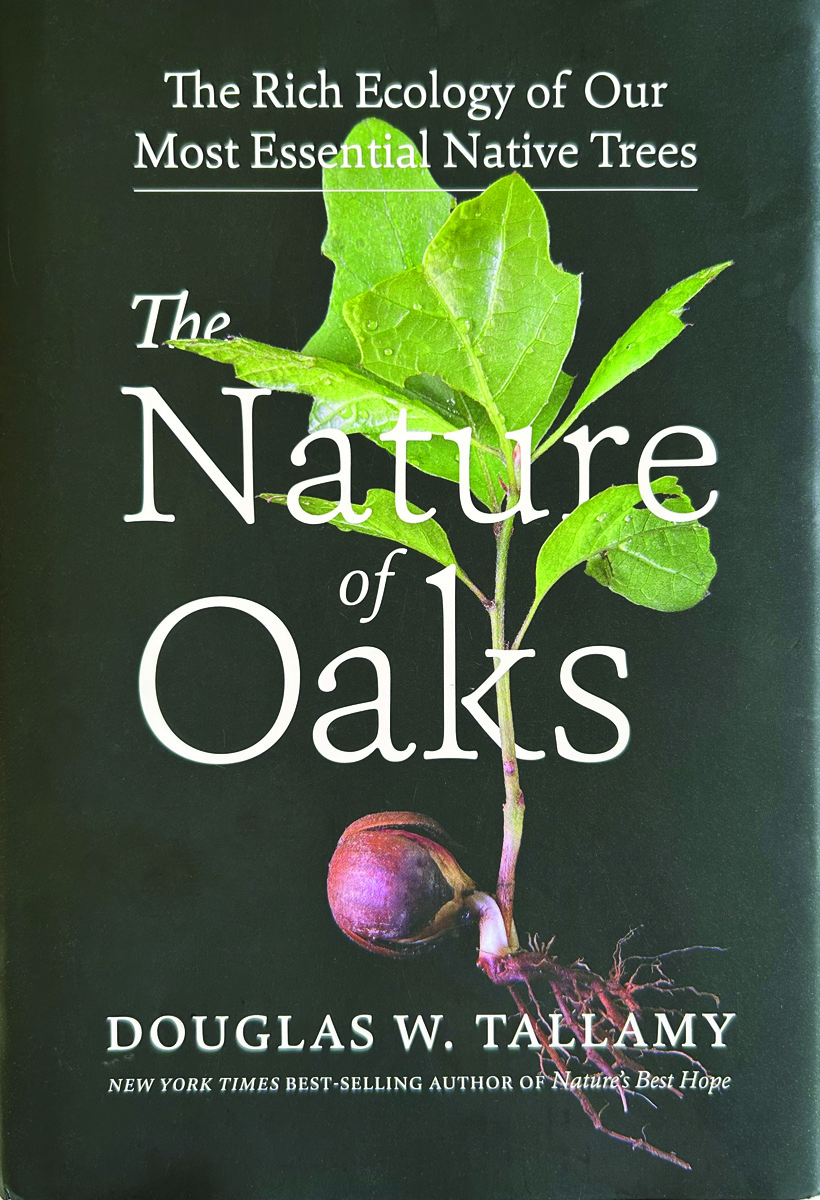
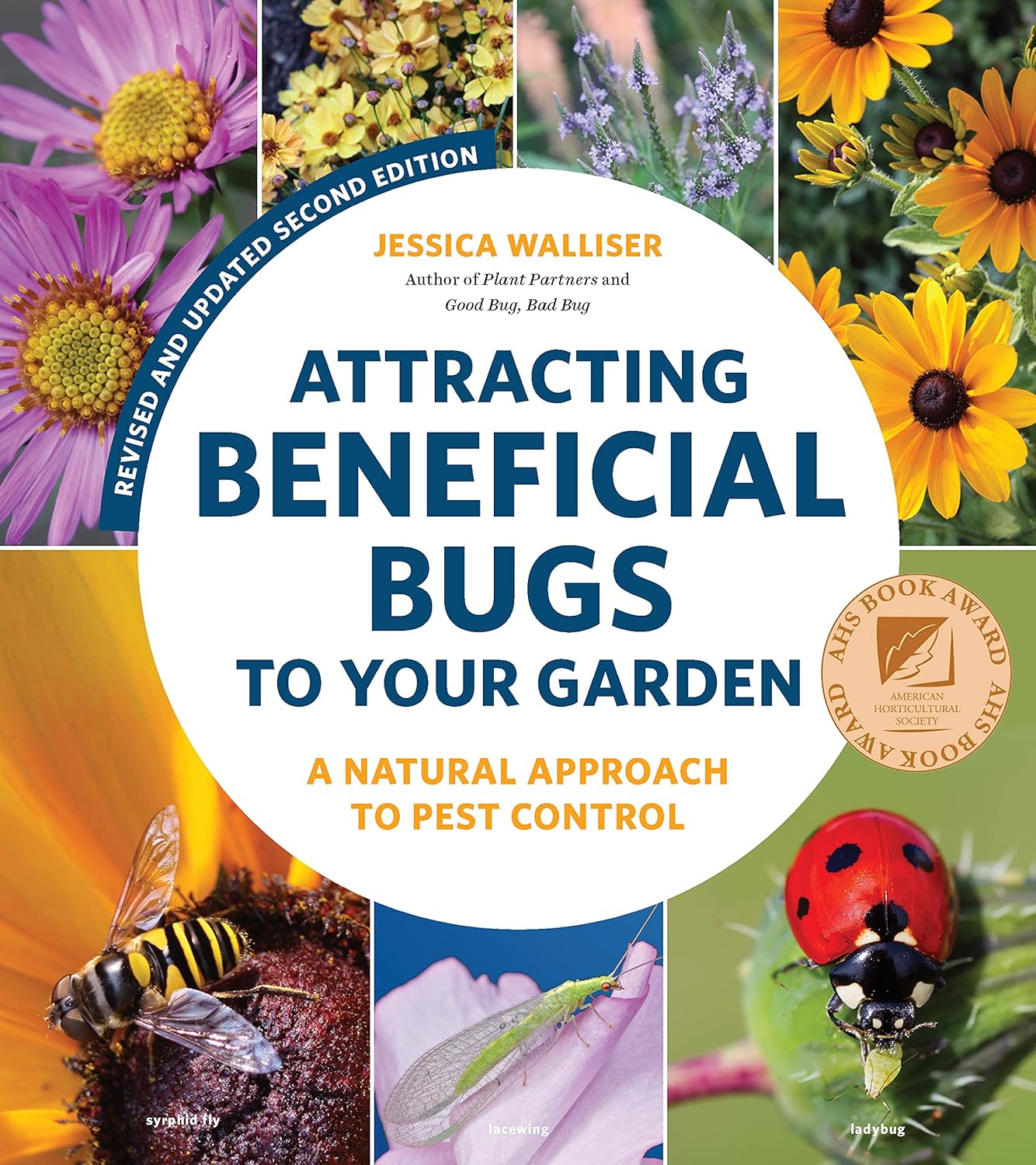






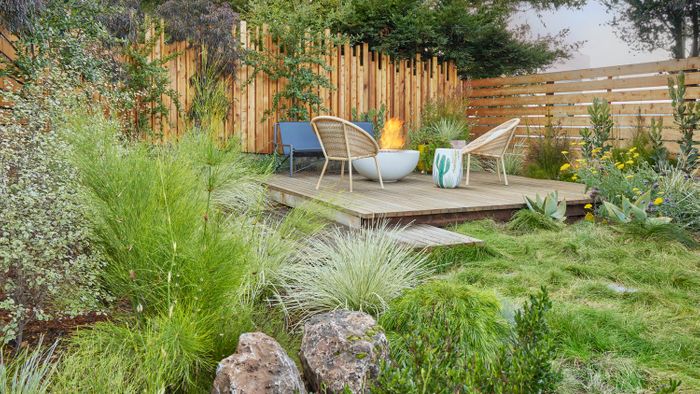
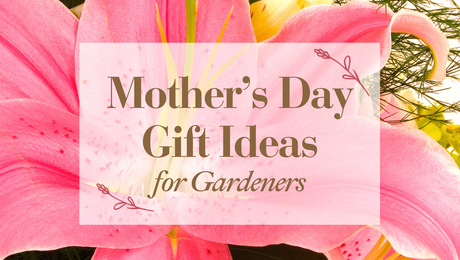
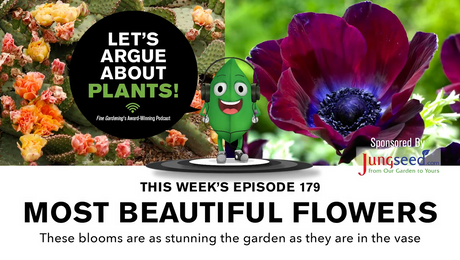


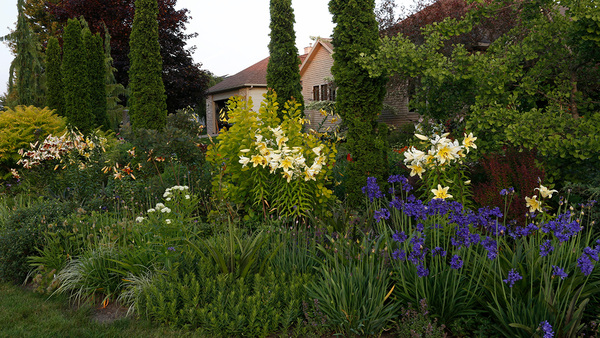



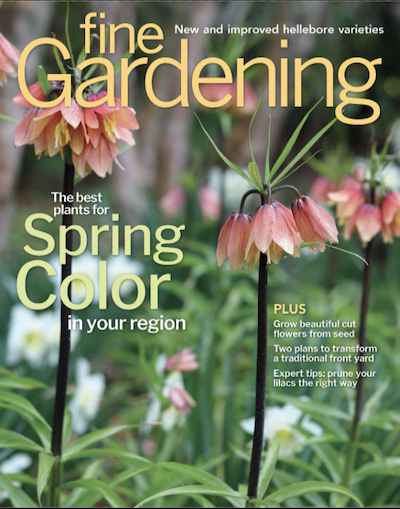



Comments
Beautiful . Keep pluggin' things in ! The more plants , the less weeds ! Fact . It's a win-win scenario . Keep up the great work ! I have gardens , like other people , that are weed-free all season long ... Peace .
Thank you for your kind comments-my friends laugh because I’m always finding places to tuck In more plants !
My car can’t drive past a nursery!
Very nice Pam. I really liked how you us the same bed 3 times to show the progression as the seasons changed
Thank you for your kind comments! I had just taken a Zoom class on layering throughout the season and thought it might be helpful to others to see it in some of my beds.
Pam, you definitely have 'smile worthy' gardens filled with with beautiful colors and textures. Lovely!!!
Thank you for your kind comments!
Very very beautiful and so well planned and all is so healthy! Such a beautiful garden!
You have created such a happy looking garden - that border of Shasta daisies and Moonbeam coreopsis made me smile! I used to garden in northern NJ and had such beautiful peonies all through my garden - here in the clay of NC, I've just had my first peony bloom this weekend and actually jumped up and down with glee. Seems like it's going to take a long time for them to get going. Thanks for sharing yours!
Love the daisy/coreopsis border. But to me the coreopsis looks more like Zagreb than Moonbeam. Moonbeam is usually a more pastel yellow, at least it is on the West Coast. What do you think?
What a lovely garden you have!!! So much work. So much joy!
Your garden is wonderful. I strive to have garden beds like yours. Maybe one day. Thx for sharing.
It's such lovely garden. I really love this towing and roadside assistance
Log in or create an account to post a comment.
Sign up Log in